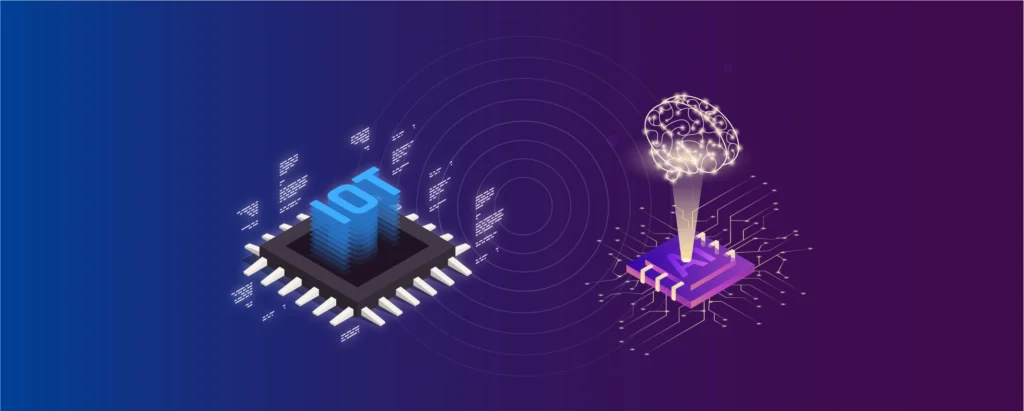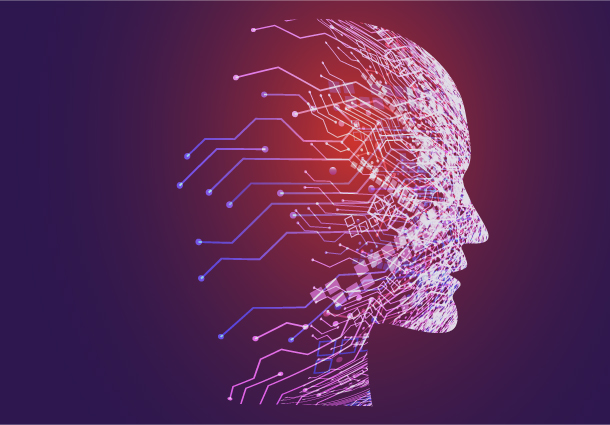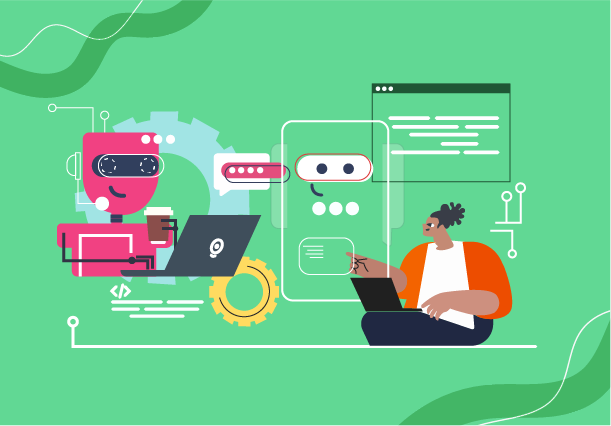The Strategic Paramountcy of Integrating Deep Learning in IoT
Deep Learning, an artificial intelligence (AI) technique, empowers machines to learn from data and make informed choices, while IoT enables seamless connectivity and data collection among devices, sensors, and systems. By combining Deep Learning and IoT, the strength of IoT devices expands as they gain the ability to analyze and comprehend real-time data, leading to enhanced information and improved decision-making.
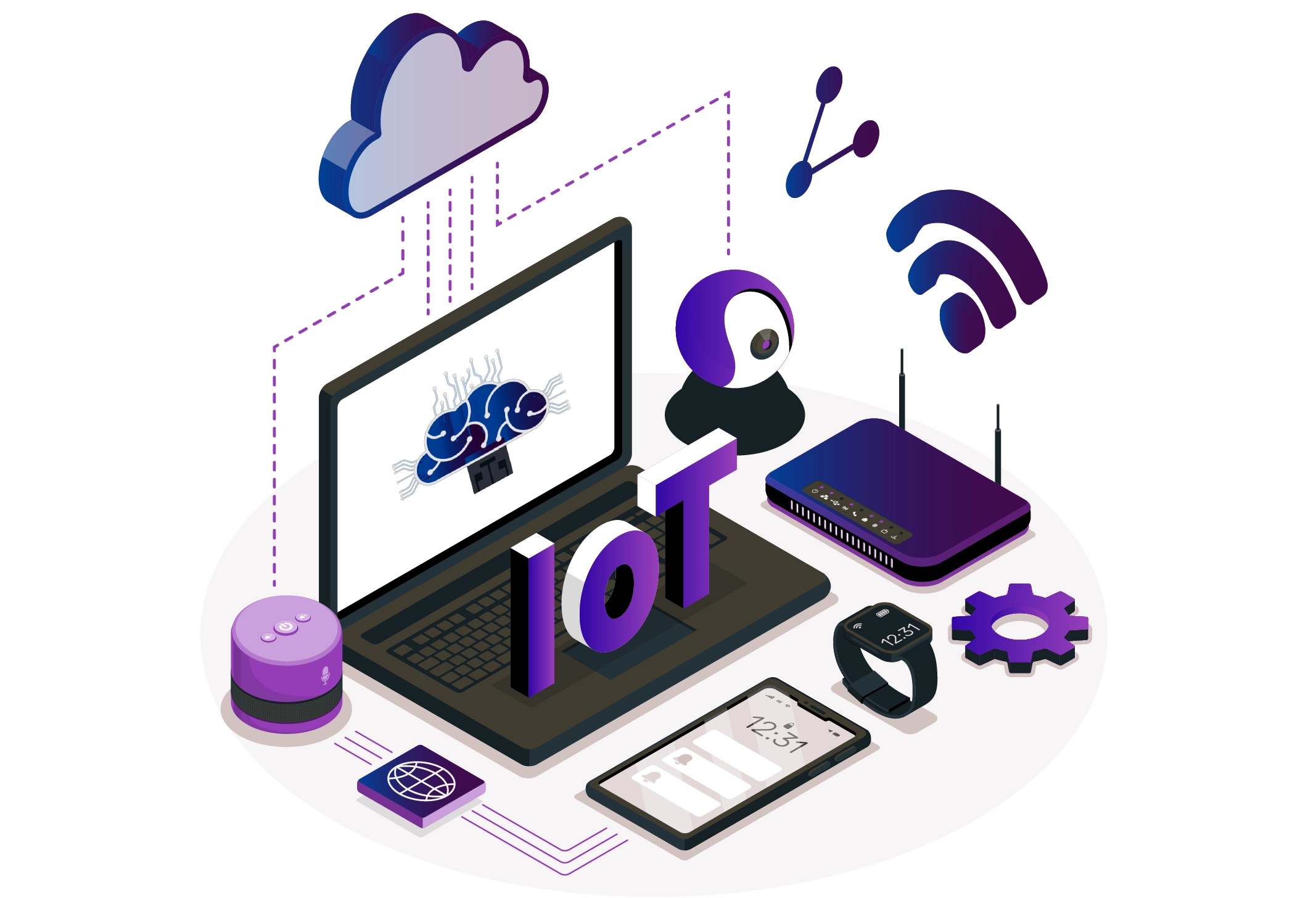
This convergence of deep learning in IoT is significant for several reasons. For example, it allows IoT devices to collect and analyze vast amounts of data generated by sensors and connected devices. It also aids in turning raw data into useful information. It is not just restricted in benefits; it also contributes to increasing the autonomy and intelligence of IoT devices, allowing them to modify and respond to changing situations on their own. Not only that, but also offers automated analysis and preventive maintenance, resulting in greater operational effectiveness and expense savings across a variety of industries.
In this piece of information, we will get to know the impact of Deep Learning and IoT integration to understand how this synergy can bring a major change in industries and drive innovation. By implementing the power of Deep Learning algorithms within IoT ecosystems, organizations and businesses can get new opportunities for automation, optimization, and improved decision-making. From smart cities and healthcare to manufacturing and agriculture, the potential applications of Deep Learning and IoT integration are vast and promising in various sectors. Considering the strategic value of this integration is critical for businesses and industries seeking to remain competitive and maximize the promise of emerging technology.
Perambulating the Techno-Magic between Deep learning and IoT
The combination of Deep Learning and IoT creates new opportunities in the digital world. So, how do these two technologies interact? Let us find out.
Deep learning is a type of artificial intelligence in which computers may learn from data and make intelligent decisions. Imagine computers that can understand and adapt to new information, progressively becoming wiser. On the other hand, the Internet of Things connects a wide range of devices, including sensors and gadgets, allowing them to share data and interact seamlessly.
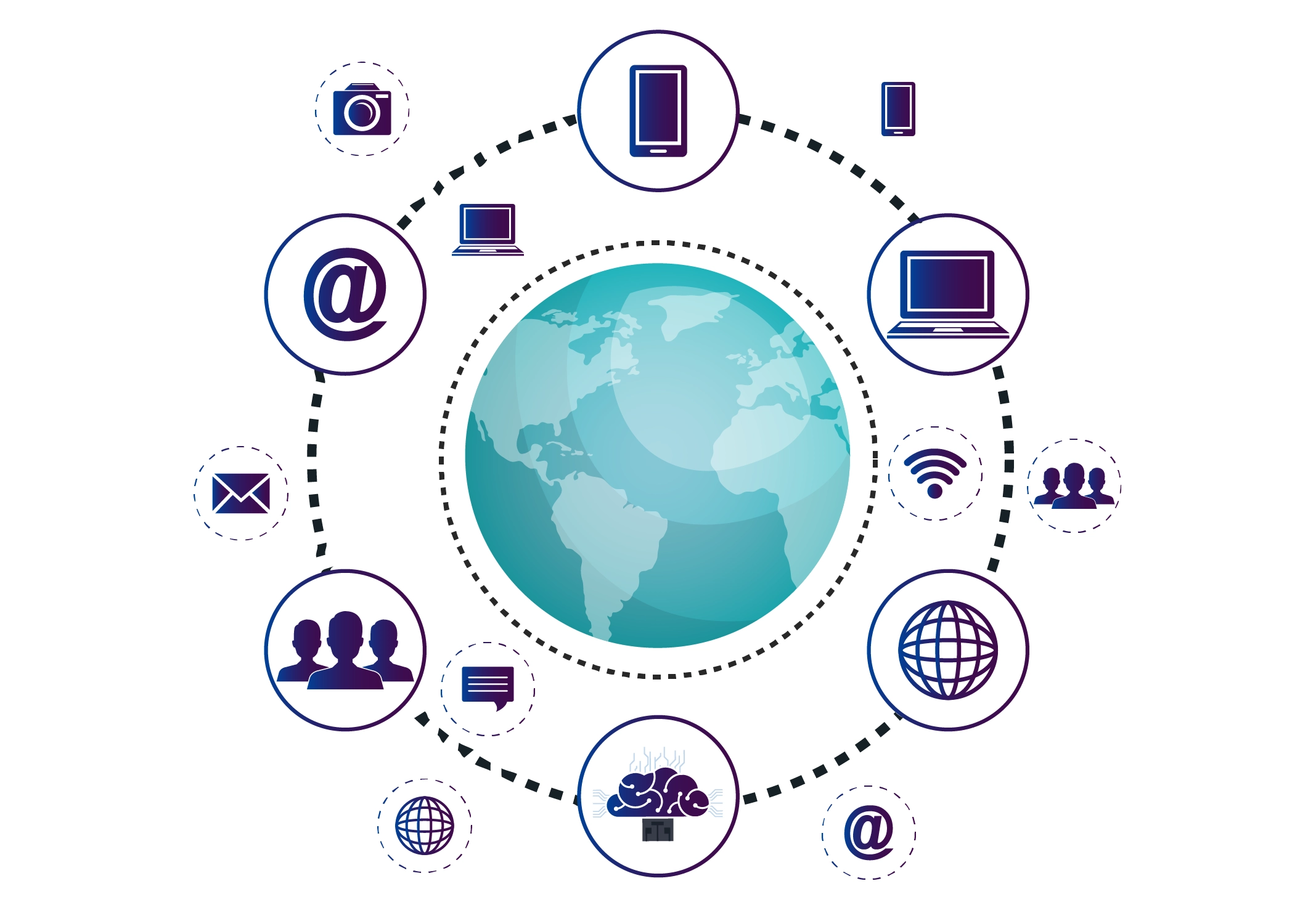
So, what happens when a meet up happens between Deep Learning and IoT? Deep Learning essentially helps IoT devices make sense of the data they collect. Sensors in a city, for example, can collect data on traffic and pollution. Deep Learning systems can analyze this data in real time, showing trends and patterns that humans might miss. This indicates that cities may make more educated choices about how to handle traffic and environmental preservation.
Combining Deep Learning with IoT can produce predictive analytics. As a result, gadgets can predict issues before they occur. A smart healthcare device, for example, may predict when a patient is likely to experience a health problem, whereas a factory machine may warn of a potential breakdown before it occurs. In short, the partnership of Deep Learning and IoT opens up new possibilities for innovation and effectiveness. Understanding how these technologies work together enables us to fulfill their full potential and create a smarter, more intelligent, and more connected society.
Deep Learning’s Advanced Applications for Optimization and Enhancement by Invirogating IoT
In the arena of Internet of Things (IoT), the incorporation of Deep Learning opens up a world of possibilities where innovation meets optimization. Let’s look at how Deep Learning algorithms are transforming IoT applications, bringing gadgets to new heights of intelligence and efficiency.
Imagine IoT devices that can learn and adapt on their own. Deep Learning algorithms enable these devices to evaluate complicated data streams, detect patterns, and make intelligent judgments in real time. Smart home assistants, for example, can learn user preferences and alter settings accordingly, resulting in more personalized user experiences. Deep Learning systems are excellent at spotting abnormalities and forecasting future outcomes based on prior data. In terms of IoT, this translates into better predictive maintenance for industrial machinery and infrastructure. Deep Learning models can predict possible equipment problems before they happen, reducing downtime and increasing efficiency.
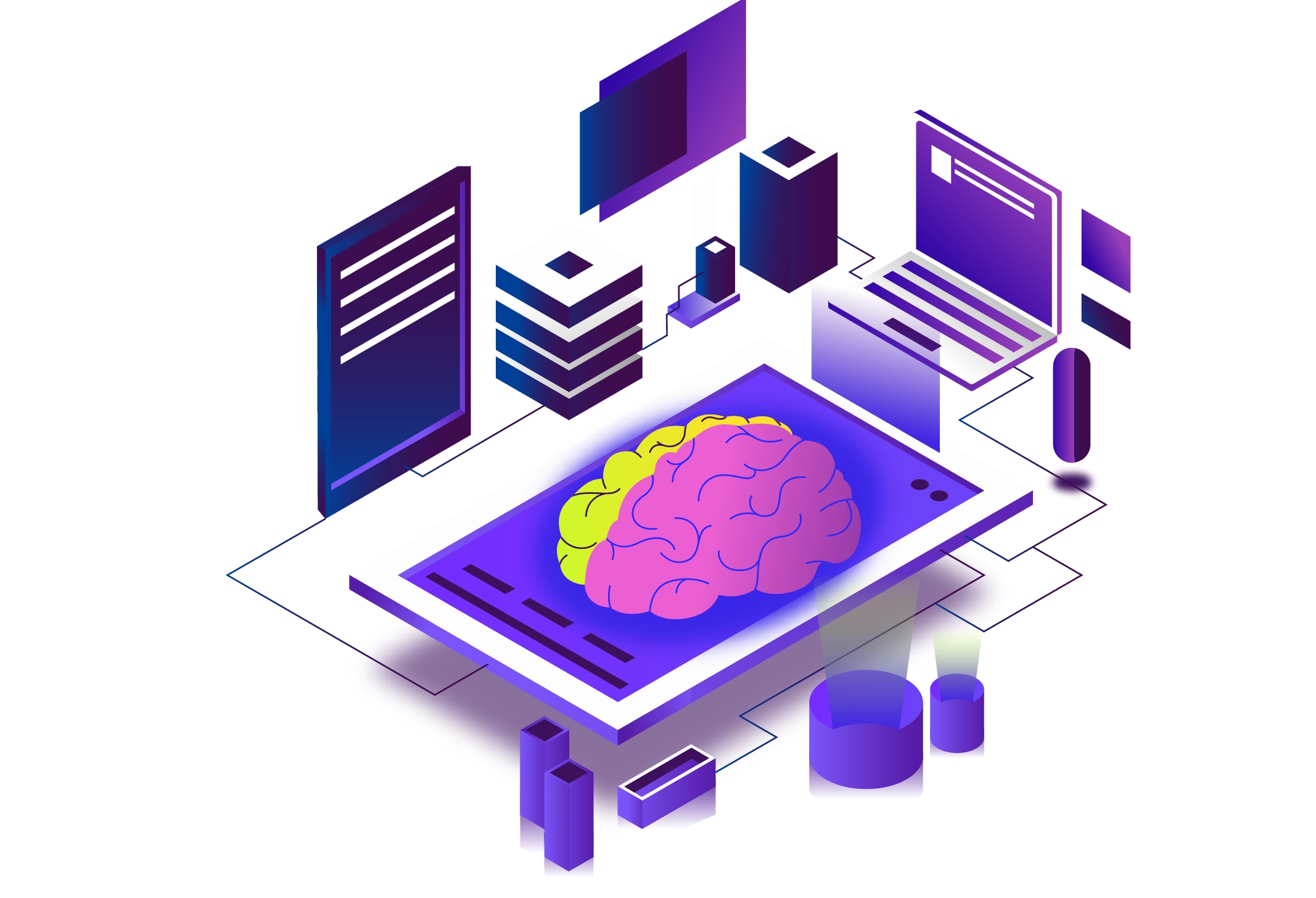
IoT devices play an important role in resource management and energy efficiency across a variety of industries. Deep Learning algorithms improve these capabilities by analyzing sensor data and optimizing resource allocation in real time. For example, in smart cities, Deep Learning-powered systems can dynamically change traffic signals and street lights to save energy while maintaining safety. The combination of Deep Learning with IoT has enormous potential for industries ranging from healthcare and manufacturing to agriculture and transportation. By leveraging Deep Learning algorithms, IoT devices may become smarter, more autonomous, and more efficient, resulting in cost savings, increased productivity, and better user experiences.
But, despite the promise of innovation, challenges loom. Data privacy and security remain top priorities, necessitating strong safeguards to protect sensitive information. Furthermore, the complexities of deploying Deep Learning models in resource-constrained IoT devices create technological challenges that must be overcome. The combination of IoT with deep learning offers a quantum leap forward in the world of linked devices. As we continue to research and create, the opportunities for optimizing and improving IoT applications become limitless, suggesting a future in which intelligence and efficiency combine to shape a smarter, more connected society.
Setbacks and Gains in Deep Learning and IoT Fusion
Let’s look at how to overcome challenges and capitalize on opportunities in this dynamic confluence. Addressing data privacy and security concerns is a critical difficulty in the integration of deep learning and IoT. With the growth of connected devices and the massive volumes of data they generate, protecting the privacy and security of sensitive information has become critical. Robust encryption, access control systems, and data anonymization techniques are critical for reducing risks and increasing user trust.
Resolving Compatibility and Interoperability Issues presents another difficulty. Compatibility issues can arise from the heterogeneous environment of IoT platforms and devices, impeding smooth integration and communication. This gap can be filled by standardization initiatives and mutually compatible protocols, which will allow for seamless integration with Deep Learning frameworks and interoperability across heterogeneous IoT ecosystems.
Nevertheless, there are chances to use edge computing for real-time processing among these difficulties. For Deep Learning and IoT integration, edge computing—which processes data closer to its source instead of depending only on centralized cloud servers—offers many benefits. IoT systems become more responsive and efficient when data analysis and inference are carried out at the edge. This reduces latency, optimizes bandwidth utilization, and produces real-time insights.
Opportunities for innovation and value development across a range of industries are presented by the combination of IoT and Deep Learning. The possible applications are numerous and seem very promising, ranging from smart manufacturing and healthcare to transportation and agriculture. In order to increase production, cut costs, and discover anomalies in sensor data, deep learning systems can forecast failures and optimize resource consumption.
Future Trends and Innovations in Deep Learning and IoT; Creating a Path for Tomorrow
Deep Learning and IoT together provides up a world of limitless possibilities as we look into the future of technology. Come along as we take a look at the newest developments and trends that will influence the field of deep learning and internet of things integration.
A new age of intelligence and efficiency is heralded by developments in neural networks for Internet of Things applications. Neural networks are adapting to the specific requirements of IoT environments through continuous research and development. These developments promise to push the capabilities of IoT devices to previously unheard-of heights, from distributed learning strategies for edge computing to lightweight models designed for resource-constrained devices.
Our progress toward a future in which human-machine contact is smooth and natural is accelerated by the simultaneous integration of voice recognition and AI assistants in IoT devices. By combining speech recognition technology with AI assistants built into Internet of Things (IoT) devices, users may engage in natural language interactions with their environment, opening up new opportunities for productivity, customization, and accessibility.
Emerging Use Cases and Industry Applications are revolutionizing our understanding of and use for IoT and Deep Learning in the middle of these developments. Creative use cases are emerging, tackling practical issues and producing noticeable effects in a variety of industries, from manufacturing and smart cities to agriculture and healthcare. The potential uses of deep learning and IoT integration are numerous and exciting, ranging from tailored healthcare solutions to predictive maintenance in industrial settings.
Deep learning and IoT have a bright future ahead of us. Developments in neural networks, AI assistants, and new use cases will change industries and improve people’s lives. One thing is certain as and that is the combination of IoT and Deep Learning which will continue to spur innovation, propelling the next wave of technological growth and influencing how our connected world develops.
Reflecting on the Impact and Future of Deep Learning and IoT Integration with Pattem Digital
This blog demonstrates that the combination of Deep Learning with IoT is strong. We have seen how it increases efficiency, promotes innovation, and transforms industries. Looking ahead, there are numerous chances for expansion and development. We advise you to use these smart solutions to continue your advancement and innovation. With Pattem Digital as Deep learning consulting servicces, you can boldly explore the possibilities of Deep Learning and IoT integration, propelling your projects into the future.
